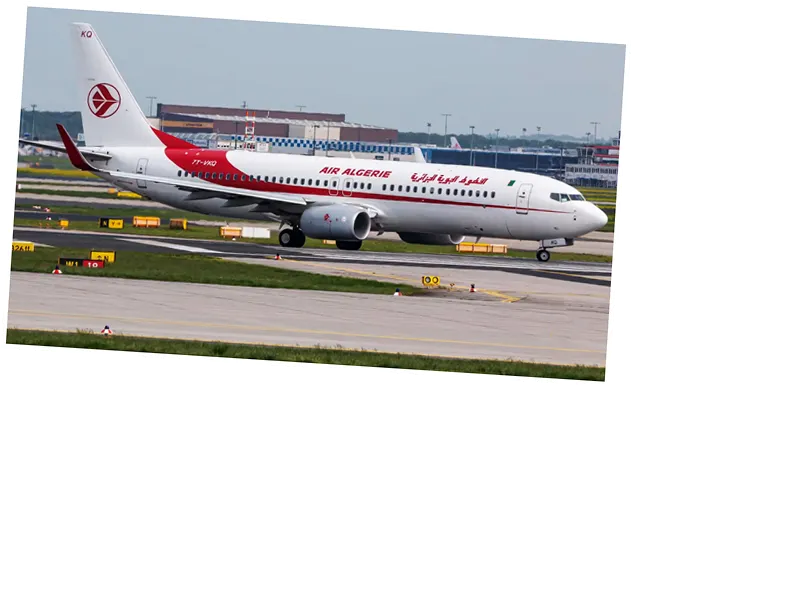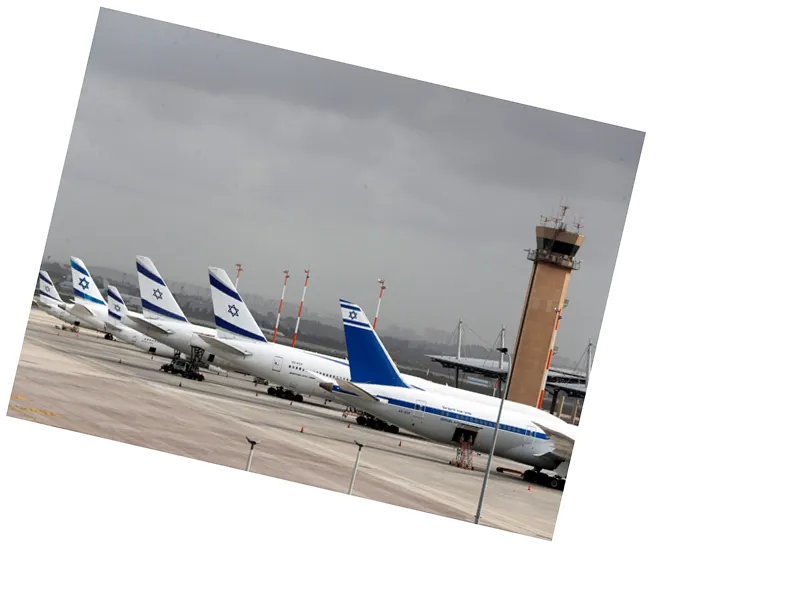The alarming rise in air turbulence incidents is prompting airlines globally to reassess and tighten their safety protocols. Recent episodes involving a Singapore Airlines flight and a Turkish Airlines flight have highlighted the increasing danger turbulence poses to both passengers and crew.
On a Singapore Airlines flight from London to Singapore, turbulence resulted in a fatality and multiple injuries. In response, the airline has announced more stringent rules: the suspension of meal service and a requirement for crew members to fasten their seatbelts whenever the seatbelt sign is lit. This proactive measure underscores the airline's commitment to passenger and crew safety amid increasing turbulence.
Just days before, a Turkish Airlines flight attendant sustained a severe back injury during a turbulent domestic flight from Istanbul to Izmir, and six crew members on a Qatar Airways flight from Doha to Dublin were injured. Such incidents are becoming more frequent, a trend linked to climate change. The University of Reading's study provides compelling evidence that clear air turbulence in mid-latitudes has surged over the last four decades, consistent with climate change's anticipated effects.
Thomas Gerz from the German Aerospace Center (DLR) emphasizes that turbulence, particularly over the North Atlantic, has increased by 55% in the past 45 years. Frequent turbulence not only endangers life but also leads to potential financial liabilities for airlines under the Montreal Convention, which mandates compensation for damages caused by turbulence.
Experts advocate for passengers to stay strapped in for the duration of flights to minimize injury risks. As climate change continues to alter weather patterns, airlines worldwide may adopt similar safety measures to mitigate these risks, ensuring the safety and well-being of both passengers and crew.
- Air travel safety experts stress the importance of adhering to safety announcements and signs while flying. They recommend that passengers heed crew instructions and keep their seatbelts fastened during the flight, even when the seatbelt sign is off, to prevent injuries from unexpected turbulence.
- The aviation industry is also exploring technological advancements to better predict and manage turbulence, potentially through enhanced weather radar systems and predictive analytics. These innovations could offer pilots more advanced warnings and enable them to navigate around turbulence more effectively.
- Airline policies and regulatory standards might soon see updates to cope with the rising frequency and severity of air turbulence. Authorities like the International Civil Aviation Organization (ICAO) are likely to review and revise existing guidelines to bolster in-flight safety further.






